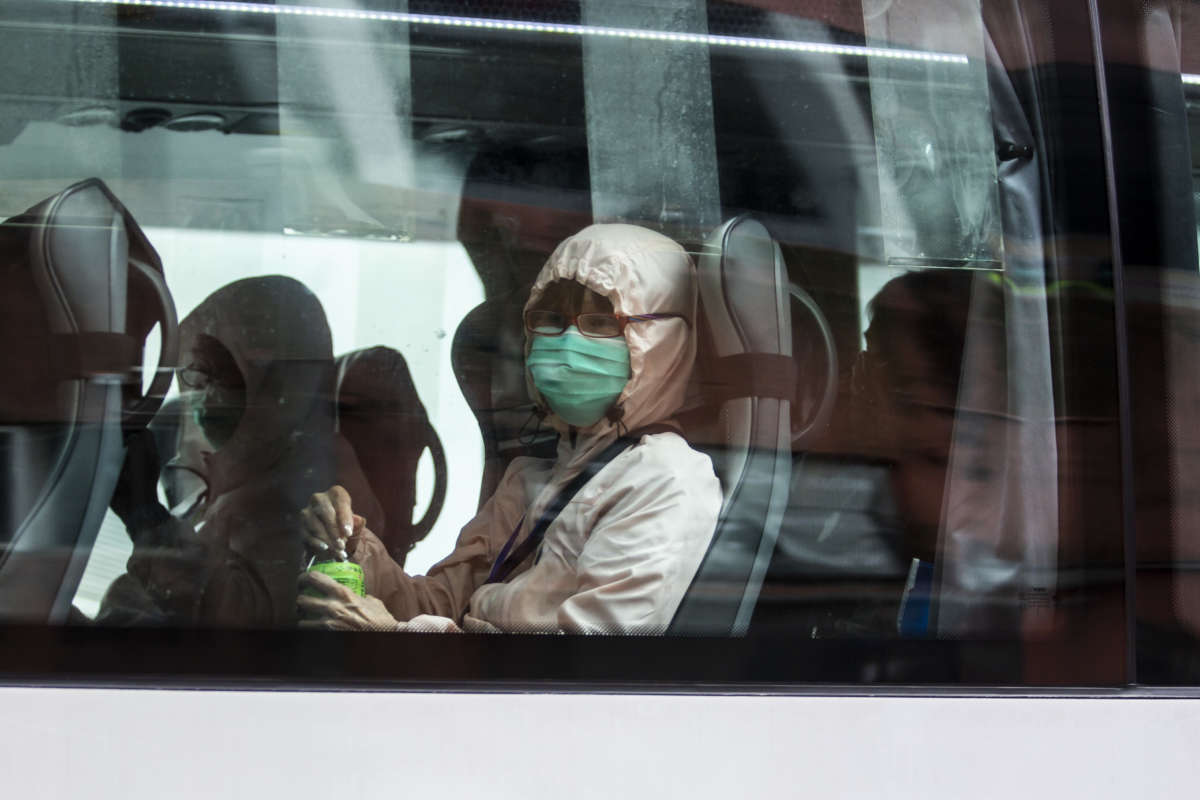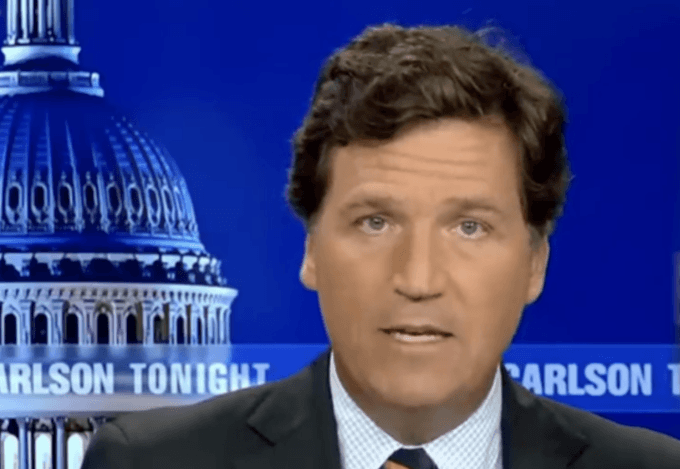
BY: Sasha Abramsky, Truthout
Despair and Disparity: The Uneven Burdens of COVID-19
As global fears around the coronavirus outbreak intensify, the United States and many other countries have opted for wholesale travel bans of Chinese nationals as well as foreign nationals who have recently been to China, and for mass quarantines of U.S. citizens returning from impacted parts of China.
This Friday, Kuwait announced restrictions on travel in and out of Iran. Israel banned South Koreans from entering the country. North Korea began quarantining all foreigners in the country. Meanwhile, violent protesters in Ukraine tried to block the return of Ukrainians being repatriated from Wuhan province, China, out of fear the disease would spread in the Ukraine too. And cities in California sued to block the establishment of quarantine facilities in their neighborhoods.
Around the world, virus hotspots are now flaring up, in Iran, in Italy, in South Korea. In each case, we are seeing quarantines and strict movement restrictions imposed, the shuttering of schools, the banning of public gatherings — and, at the same time, increasingly panicked public reactions — from panic buying at supermarkets to sell-offs in stock markets. On Monday, markets around the world plummeted, making a global economic downturn far more likely.
Currently several hundred U.S. residents are being quarantined or have been quarantined on military bases in California and in Texas. Thousands more are voluntarily “self-quarantining.” The Trump administration has indicated that anyone who returns from a virus hotspot, currently only in China, but a designation likely to expand over the coming weeks and months, may face a mandatory government-imposed quarantine. It has already designated 11 military bases as potential quarantine sites.
Meanwhile, some states are also imposing their own wildly broad quarantines, such as the Pennsylvania Department of Health, which forced 16 students — none of whom showed any symptoms of illness — into a mandatory 14-day quarantine at Franklin and Marshall College in Lancaster simply because they had traveled to China during their winter break. In New York City, Barnard College has also quarantined students; and on other campuses students are being encouraged to self-quarantine if they have recently returned from a hot zone.
There is a long history of sweeping quarantines in the U.S. During the deadly Spanish flu pandemic just over a century ago, U.S. cities imposed draconian limits on public gatherings, shuttering saloons, dance halls and other places where crowds congregated. They also staggered workplace hours to limit how many people would be in a factory at any one time and discouraged the use of public transport. In many ways, these restrictions were precursors of the emergency rules that Chinese authorities have put in place in recent weeks in cities such as Wuhan — rules that may not necessarily be the most effective way to contain the epidemic.There is a long and ignoble history of panics around immigration that conflate fears of cultural change and an influx of foreigners with fears of disease and of social dissolution.
There is a broad consensus about the need to quarantine and track those who have actually had documented exposure to the virus, but both health officials and civil liberties advocates have raised questions about the overly broad application of quarantines and travel bans, with some public health experts suggesting they might actually encourage people to cheat and to lie about their travel itineraries as a way to evade quarantines. The end result could, paradoxically, actually worsen the epidemic.
World Health Organization experts have expressed skepticism as to both the effectiveness and justification of catch-all travel bans. Moreover, racial justice groups have noted that they play into a widespread perception that people are dangerous not because they personally have been exposed to the virus but simply by virtue of their ethnicity. Indeed, there has been a documented uptick of anti-Chinese hostility in many countries as the crisis has intensified. Chinatowns from London to Paris to New York have been largely emptied of tourists and business customers.
Today’s fears are shaped by the specific crisis at hand. But, beyond the particulars of the coronavirus outbreak, there is a long and ignoble history of panics around immigration that conflate fears of cultural change and an influx of foreigners with fears of disease and of social dissolution.
More than a century ago, during a period of large-scale immigration into the United States, the federal government processed millions of incoming migrants through Ellis Island in the New York Harbor, and beginning a couple decades later, through Angel Island off San Francisco. Those migrants were subjected to health inspections, and the few who were flagged as having contagious diseases were either turned back or quarantined during their sickness. In particular, doctors looked for diseases such as trachoma, smallpox, bubonic plague, yellow fever and other mass killers that had haunted humans in recent centuries.
In the last years of the 19th century and the first years of the 20th century, most migrants through Ellis Island were, however, processed and allowed to come ashore in New York within a matter of hours or days.
But the fear of immigrants bringing infectious diseases into the U.S. was only one part of a much larger conversation about the desirability of mass migration. The Asians who made up a large percentage of the migrants to the West Coast during the late 19th and early 20th centuries butted up against the provisions of the Chinese Exclusion Act, as well as much broader notions of racial purity. At Angel Island, whites were generally allowed to come ashore in San Francisco shortly after their boats docked at the island. Asians — in particular Chinese and Japanese immigrants — by contrast, were frequently held for weeks or months. Many Asian immigrants were then deported, following intrusive questions about their family origins and their purported relationship to people already living in the U.S. — questions seeking to enforce the draconian restrictions imposed by the Chinese Exclusion Act.
In the 1920s, the anti-immigrant policies that played out at Angel Island were broadened to include non-Northern Europeans as well. Following decades of mass migration, there was a huge backlash, pushed by nativist politicians in D.C. such as Sen. William P. Dillingham. As a part of this backlash, quota systems were imposed, which had the effect of strictly limiting the numbers of migrants from southern and eastern Europe, as well as from virtually all non-European countries, and the United States became almost entirely closed to foreigners.The confluence of fears surrounding deadly diseases and nativist movements has the potential to whip up a particularly noxious brew of political responses.
The similarities to today are hard to miss. The confluence of fears surrounding deadly diseases and nativist movements — this time championed by the occupant of the White House — has the potential to whip up a particularly noxious brew of political responses.
Trump has made it a point of principle to exclude millions of poor people and millions of immigrant families from access to the health care system. He has pushed his Justice Department to argue that the entire edifice of the Affordable Care Act is unconstitutional. At the urging of his anti-immigrant adviser Stephen Miller, his officials have redefined “public charge” to exclude immigrant families not only from cash welfare benefits but also from any access to publicly funded health care as well. These new, restrictive rules are slated to kick in this week. Moreover, Trump is making a full-court effort to allow states to replace their open-ended Medicaid systems with workfare- and block-grant-based programs that would have the effect of excluding huge numbers of able-bodied adults from health care coverage.
In other words, just at the minute when people in the United States most need effective, easy-to-access, primary health care so as to catch coronavirus cases early and to track those who have been in contact with carriers, the federal government is pushing health care systems to exclude ever larger numbers of people.
Such policies make it far more likely that the virus will start spreading within the U.S., posing the most acute risk to people who have been pushed outside of the health care umbrella.
The U.S. already has networks of detention camps along the southern border in which thousands upon thousands of would-be immigrants and asylum seekers are held. There already are camps on the bridges linking the U.S. and Mexico, as well as on the Mexican side of the border, where families are denied access to the sanitation and health care necessary to stay well as they wait to present their legal case for asylum in court. These facilities and camps have already seen outbreaks of flu, of measles and mumps, and other contagious viruses.
Coronavirus outbreaks would only make an already dangerous situation that much worse. Such outbreaks would, inevitably, set the conditions for even more extreme and dangerous anti-immigration policies from a White House itching for any and all excuses to lock down the U.S. as Senator Dillingham and the other nativists did a century ago.



